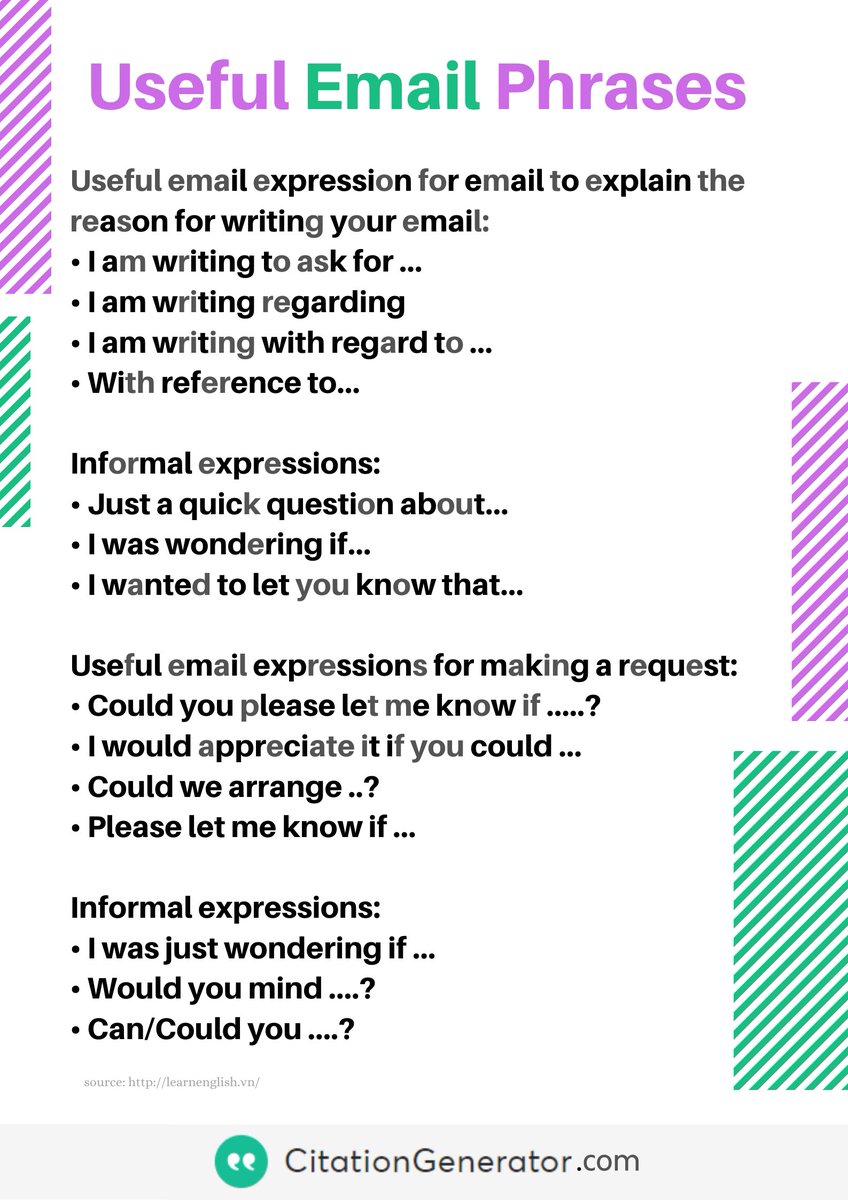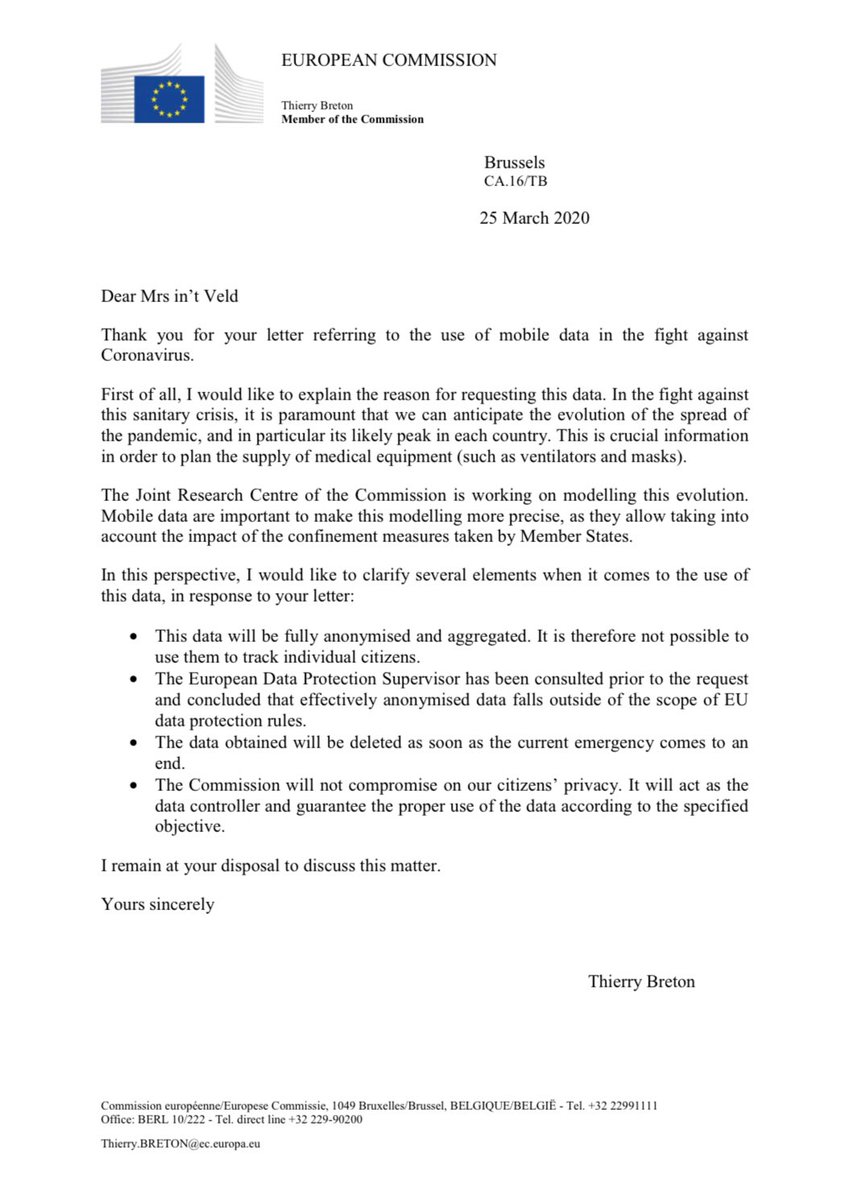

Hence, mentalizing is a key element of our species’ uniquely developed level of social cognition. Mentalizing provided an evolutionary advantage because it allowed these early humans to adapt better to their physical environment, by facilitating social collaboration and well-functioning kinship groups, but also by supporting competition for survival when different social groups were at odds. Attachment figures not only provided young children with the basis for feelings of security and exploration (Bowlby, 1973 Main, Kaplan, & Cassidy, 1985), but also provided a training ground for the ability to mentalize – the capacity to understand ourselves and others in terms of intentional mental states (Fonagy & Luyten, in press).

These norms had to be optimized through a prolonged period of development within a close circle of people – people who we would term attachment figures. Evolutionary theory suggests that as the human mind needed to respond to ever more challenging, complex, and competitive conditions, norms for social behavior and understanding could not be “fixed” by genetics or constitution. Our starting point is contemporary evolutionary theories concerning social cognition. Mentalizing and Attachment: Evolutionary Advantages We have recently proposed a new, evolutionarily informed approach to the “Dodo bird” controversy that also has important implications for understanding psychopathology more generally. Hence, the “Dodo bird” still looms unresolved over the field of psychotherapy. This would be particularly the case if the therapist is able to establish a warm and empathic therapeutic relationship with the patient. They argue that, instead, factors that are common to effective treatments – providing the patient with hope and with a comprehensive theory that explains the patient’s complaints – would typically explain a greater proportion of the therapeutic outcome. This has led to the formulation of the so-called “Dodo bird verdict”, based on the Alice in Wonderland story, which argues that “all have won and all must have prizes”.Ĭonsequently, major figures in the field have questioned the notion that theory-specific techniques or interventions, such as addressing dysfunctional cognitions in cognitive-behavioral therapy, or the relationship between past and present in psychodynamic therapy, are mainly responsible for therapeutic outcome. But to do this requires you to gauge whether the recipient would like a more casual conversation.Over the past decades, meta-analyses have found almost no clinically meaningful differences in efficacy between the various evidence-based psychotherapies. Conversely, using a casual ending can show your self-confidence. Using an ending that is too casual for the situation may not always be inappropriate. Sometimes used if there is a conflict between the sender and the recipient.

Used in business correspondence when the topic of the letter is serious. You would use this if the recipient is someone you haven't met in real life.įormal.
#Thank you and best regards 意味 how to
If you're unsure about how to sign your letter, use 'Sincerely'.īusiness casual or formal. 'Sincerely' is the most versatile ending because it can be used to end either casual or formal correspondence. Sincerely or Sincerely Yours or Yours SincerelyĬasual, Business casual or Formal. Can be used between friends or strangers. You've probably met the recipient in real life.Ĭasual or Business casual. A more personal, but still polite way to end the letter. 'Thank You' is a great way to end an email to a stranger, especially if you are making a request or asking a question.Ĭasual or Business casual. 'Thanks' is very casual and 'Thank You' is formal. Can be used between coworkers if you want to appear very casual, at the risk of sounding unprofessional. Used between lovers, family and close friends. There are some slight differences in connotations of each letter ending. Thank you so much Li for an awesome translation!)


 0 kommentar(er)
0 kommentar(er)
